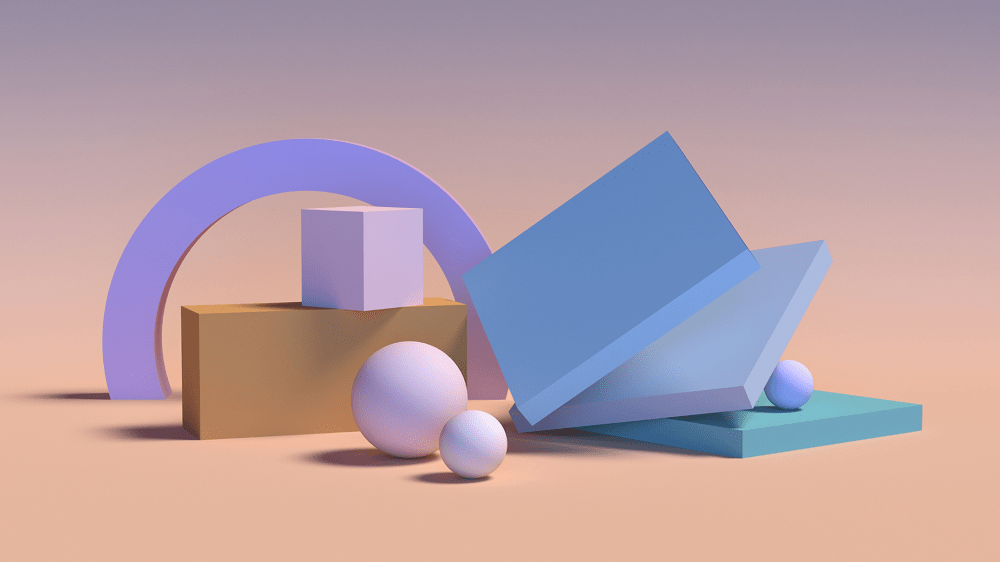Exploring Geometry: Real-Life Applications and Examples

Geometry is often regarded as a branch of mathematics that deals with shapes, sizes, and the properties of space. While it might seem abstract at first, the principles of geometry have numerous real-life applications that we encounter every day. From architecture to art, from navigation to technology, geometry plays a vital role in understanding and shaping our world.
In this blog, we’ll delve into some fascinating real-life applications of geometry, accompanied by examples that illustrate its significance in various fields.
Architecture and Design
One of the most obvious applications of geometry is in architecture and design. Architects rely on geometric principles to create structures that are not only aesthetically pleasing but also structurally sound. From the symmetry of a building’s facade to the calculations involved in determining load-bearing capacities, geometry is fundamental to the entire design process.
Example: The Parthenon, an ancient Greek temple dedicated to the goddess Athena, is a stunning example of geometric precision in architecture. Its columns are not only perfectly spaced but also slightly curved to give the illusion of straight lines. The dimensions of the Parthenon follow the principles of the golden ratio, a geometric proportion often found in nature and revered for its aesthetic appeal.
Engineering and Construction
Engineers heavily rely on geometry when designing and constructing various infrastructure projects, such as bridges, tunnels, and roads. Understanding geometric concepts like angles, symmetry, and proportions is essential for ensuring the safety and functionality of these structures.
Example: Suspension bridges, like the Golden Gate Bridge in San Francisco, showcase the intricate use of geometry in engineering. The catenary curve, a natural shape formed by a hanging chain, is employed to design the cables that support the bridge deck. By understanding the geometry of forces and tensions, engineers can create stable and durable structures capable of withstanding immense loads.
Art and Design
Geometry has long been a source of inspiration for artists and designers. From the intricate patterns of Islamic art to the geometric abstraction of modern art movements, geometric shapes and principles are ubiquitous in artistic expression.
Example: The work of Dutch artist Piet Mondrian is a striking example of geometric abstraction. Mondrian’s compositions feature primary colors and straight lines arranged in perpendicular and parallel configurations. His use of geometry reflects a quest for universal harmony and order, transcending mere representation to evoke deeper philosophical concepts.
Navigation and Cartography
Geometry plays a crucial role in navigation and cartography, the science of mapmaking. By understanding geometric principles like angles, distances, and coordinates, cartographers can accurately represent the Earth’s surface on maps and charts.
Example: The Mercator projection, developed by Flemish cartographer Gerardus Mercator in the 16th century, revolutionized navigation by preserving angles and shapes across the map. While it distorts the size of landmasses at higher latitudes, the Mercator projection remains invaluable for navigators because it represents lines of constant compass bearing as straight lines.
Technology and Innovation
In the digital age, geometry is at the heart of computer graphics, animation, and 3D modeling. From video games to virtual reality simulations, geometric algorithms and techniques enable the creation of immersive virtual worlds and realistic simulations.
Example: Computer-aided design (CAD) software, such as AutoCAD and SolidWorks, relies on geometric modeling to create precise representations of objects and structures. Engineers and designers use these tools to visualize, analyze, and iterate on their designs before fabrication, saving time and resources in the product development process.
Conclusion
Geometry is not just an abstract branch of mathematics; it’s a practical tool with countless real-life applications. Whether you’re admiring the symmetry of a Gothic cathedral, navigating using a map and compass, or designing a digital masterpiece, geometry is at work all around us. By exploring its applications and examples, we gain a deeper appreciation for the role geometry plays in shaping our world and understanding the fundamental principles that govern it. So next time you encounter a geometric shape or concept, take a moment to ponder its significance and marvel at the intricate beauty of our geometric universe.

